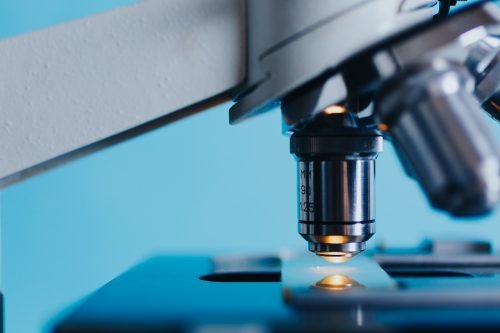The Pathology Department in a hospital or medical center is a crucial component of healthcare, responsible for diagnosing diseases and guiding treatment decisions through laboratory testing and examination of samples. It serves both inpatient and outpatient needs, providing a wide range of diagnostic services.
Key Functions of the Pathology Department:
- Diagnostic Services:
- Histopathology: Examines tissue biopsies, surgical specimens, and autopsies to diagnose diseases, including cancers, inflammatory diseases, and infections.
- Cytopathology: Analyzes cells from body fluids, fine-needle aspirations, and smears to detect abnormalities, often used in cancer screening (e.g., Pap tests).
- Clinical Pathology: Conducts laboratory tests on blood, urine, and other body fluids to assess general health, detect diseases, and monitor treatment efficacy. This includes hematology, microbiology, clinical chemistry, and immunology.
- Forensic Pathology:
- Some pathology departments have a forensic division that performs autopsies to determine the cause of death, especially in cases involving criminal investigations or unexpected deaths.
- Molecular Pathology:
- Involves advanced techniques like DNA analysis, polymerase chain reaction (PCR), and genetic testing to diagnose genetic disorders, identify infectious agents, and assess cancer genetics.
- Blood Bank and Transfusion Medicine:
- Manages blood donations, blood products, and transfusions. Ensures safe and compatible blood products are available for patients.
- Quality Control and Laboratory Management:
- Pathology departments are responsible for maintaining high standards of accuracy and reliability in test results through stringent quality control measures. They also manage the logistics of specimen handling, processing, and reporting.
- Research and Education:
- Many pathology departments are involved in research to develop new diagnostic techniques, study disease mechanisms, and improve patient outcomes. They also play a key role in educating medical students, residents, and fellows.
Structure of a Pathology Department:
- Pathologists: Medical doctors specialized in pathology who interpret laboratory results, perform autopsies, and consult with other physicians to provide diagnostic insights.
- Laboratory Technologists: Professionals who conduct the day-to-day testing and analysis of samples under the guidance of pathologists.
- Technicians: Assist in the preparation of samples, operation of laboratory equipment, and maintenance of laboratory standards.
- Administrative Staff: Handle the coordination of services, patient records, and communication with other departments and physicians.
Collaboration with Other Departments:
Pathology departments work closely with other medical specialties, such as oncology, surgery, internal medicine, and infectious diseases, to provide comprehensive care. The results and insights from pathology labs are essential for accurate diagnosis, treatment planning, and monitoring the progress of diseases.
